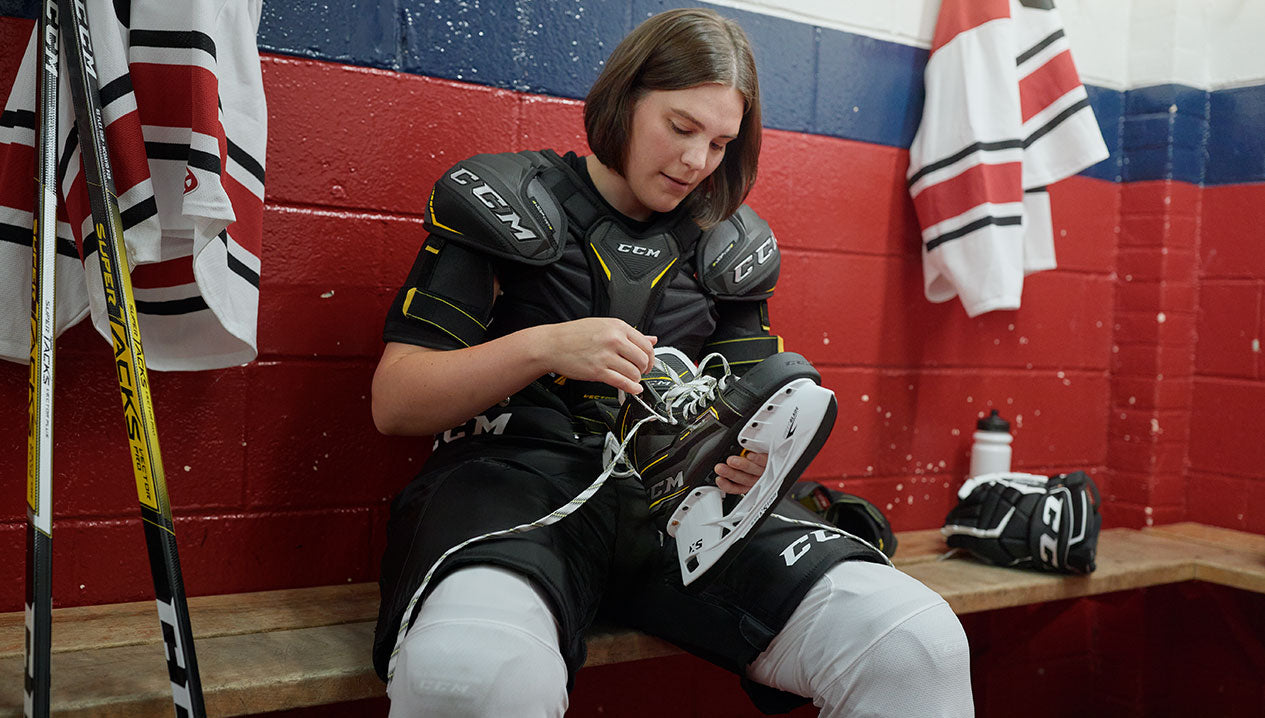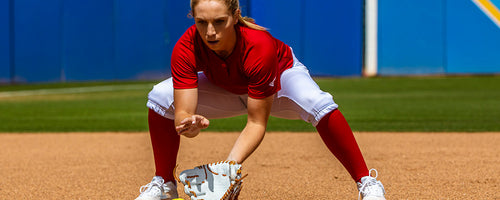How To Choose The Right Softball Bat

Officially called Softball in the 1920’s, this offshoot of baseball originated in Chicago in 1887 as a game that was played indoors. There are two variations of softball; slo-pitch (slow pitch) and fastpitch. The sport’s popularity has grown over the last 120 years and is now played in over 110 countries worldwide.
Softball bats are a very technical piece of equipment, and choosing the right one can drastically improve your performance on the field.
In Canada every softball association is governed by the USSSA BPF 1.20 Approval which is on the taper of every model of bat. Every brand of bat will have been manufactured to the same standard and will perform similarly. The differences will come from the components inside the bat, the weight, length and grip.
Length & Weight Are Critical When Choosing a Bat
When considering length, stand with your arms at your side and the bat on the ground. The knob of the bat should extend no more than 2 inches past your wrist. If the knob rests in the palm of the hand, it is too short, and if it extends more than 2 inches over the wrist, it is too long.
A simple trick to test the weight of a bat is to hold it by the knob and extend it in front of you, thumb on top, at shoulder height using your dominant hand. You then can write the word “softball” in the air using the bat. If it is difficult for you to control the movement of the bat, then it is too heavy for you.
Let’s Talk Barrel Flex
Carbon fibers in the bat act like a trampoline, absorbing when the ball hits the bat, then launching it on the exit, increasing speed. The 1.20 marking means that the barrel of the bat has been tested and conforms to the standard that it can only re-launch a ball up to20% faster than when it hit. This standard keeps the playing field even so that the competition is using a bat with similar capabilities.
End Loaded VS. Balanced
All bats are created equal until you start putting weight systems in them, and are termed as end loaded or balanced bats.
A balanced bat works best for a player with a low bat head speed, or who swings across the top, as the weight will be near the top of their hands as they grip. This gives a level and even swing, which is suitable for a line drive hitter and women players.
An end loaded bat has the weight at the top of the bat and is meant for heavy hitters who try to hit the ball high into the air for home runs, and players with a fast swing. When the player swings and the bat sweeps down, the weight in the end creates momentum and helps pull the bat through.
The Sweet Spot
The sweet spot is the region approximately 5 to 7 inches from the barrel end, and is near the centre of gravity on the bat. When hitting the ball on the sweet spot, the batter’s hands vibrate the least, and it is also the area on the bat where energy is transferred from the bat to the ball most efficiently. Hitting outside of the sweet spot leads to less power and less control on the re-launch of the ball.
Have You Got a Handle On It?
Softball bats typically have stiff handles or flexible handles, and are identified on the graphics of the bat.
A stiff handle is suitable for players with a high speed swing, which decreases the flex of the bat through the swing and hit process, allowing better control.
Low speed hitters perform better with a flexible handle, which will give an extra “kick” on the re-launch of the ball.
Get a Grip
Bats have varying styles of grip including slippery or tacky, thick or thin, and is up to the player’s preference.
For expert advice on softball gear and equipment that is right for your game, level of play, and budget, come see us at your local Source for Sports baseball and softball store near you. We Fit Your Game.
Related Articles
Join Source Nation to get the latest news on product launches, Source Exclusive product lines, tips and tricks for parents and players, and more!



